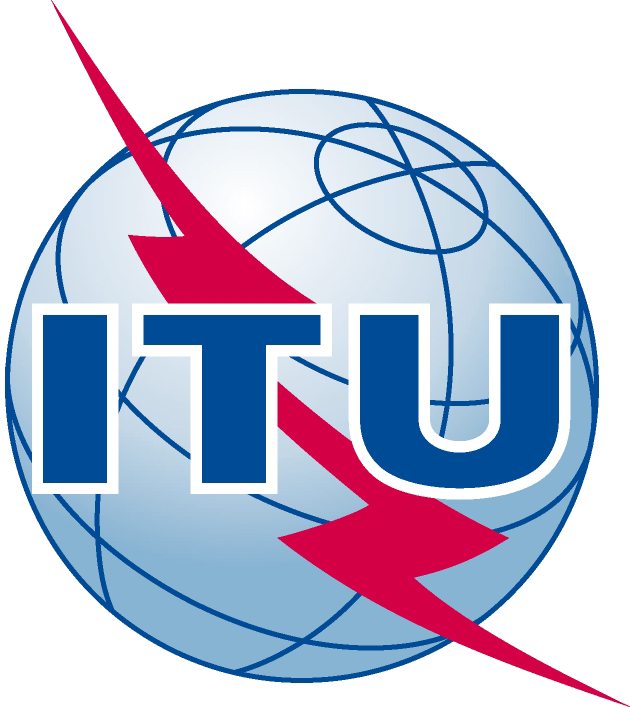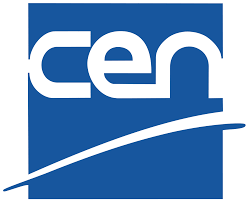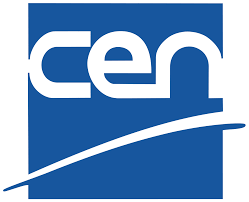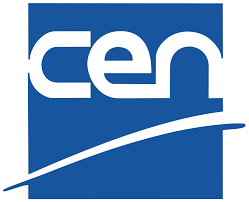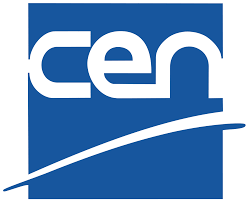ISO/IEC JTC 1/SC 27 11770-5:2011 - Key management - Part 5: Group key management
This part of ISO/IEC 11770 specifies key establishment mechanisms for multiple entities to provide procedures for handling cryptographic keying material used in symmetric or asymmetric cryptographic algorithms according to the security policy in force.
Source: https://www.iso.org/obp/ui/#iso:std:iso-iec:11770:-5:ed-1:v1:en





